Hardware
Latest about Hardware
-
-
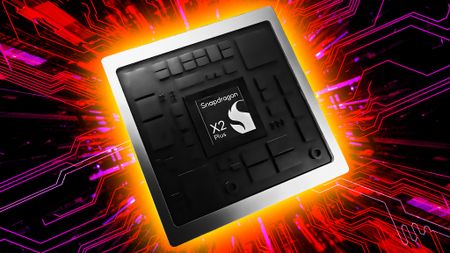 Laptops
LaptopsQualcomm’s new X2 Plus could redefine Windows laptops in 2026
By Daniel Rubino Published
-
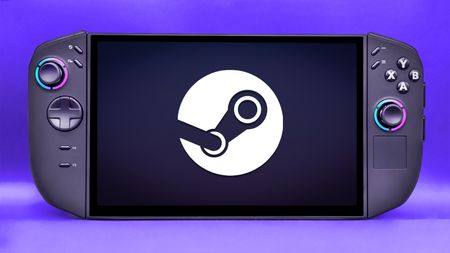 Handhelds
HandheldsLenovo Legion Go 2 (SteamOS) is a bold Steam Deck rival, with major handheld gaming upgrades
By Rebecca Spear Published
-
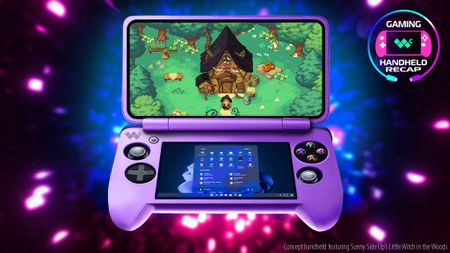 Handhelds
HandheldsWe have premium handhelds aplenty, 2026 is the year they should get weird
By Rebecca Spear Published
-
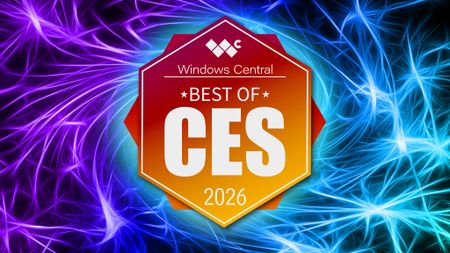 Hardware
HardwareWindows Central's Best of CES 2026 awards
By Rebecca Spear Published
-
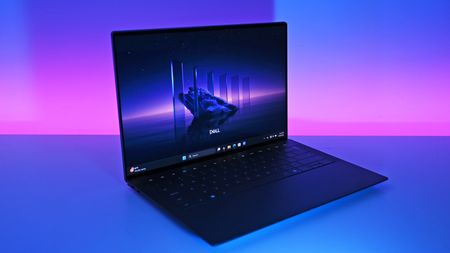 Deal
DealDell’s 'secret' XPS 14 and XPS 16 laptops are $500 off
By Sean Endicott Last updated
-
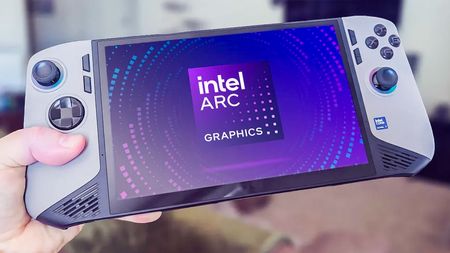 Handhelds
HandheldsThe handheld war is coming as Intel challenges AMD
By Rebecca Spear Published
-
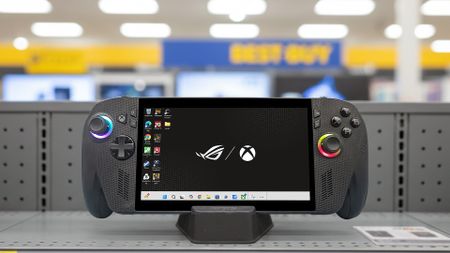 Handhelds
HandheldsXbox Ally X's back in stock at Best Buy with immediate shipping
By Alexander Cope Published
-
Explore Hardware
Apple
-
-
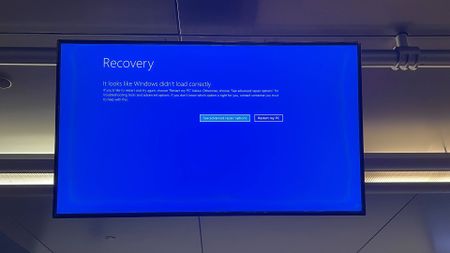 News
NewsMacs are safe — PCs? Not so much
By Kevin Okemwa Last updated
-
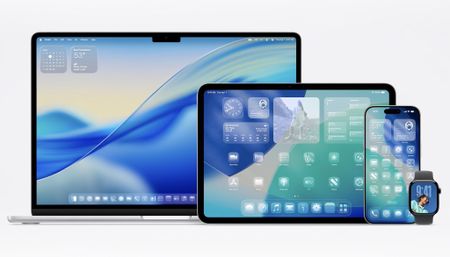 Windows
WindowsApple's new Liquid Glass is a sorry imitation of Windows Vista's Aero Glass
By Zac Bowden Published
-
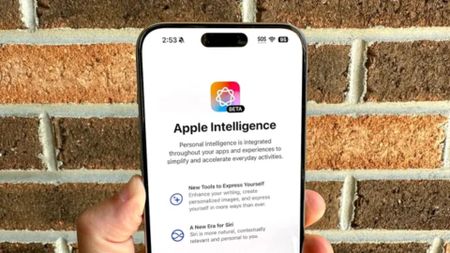 AI
AIApple sued for using misleading AI ads to drive iPhone 16 sales
By Kevin Okemwa Published
-
 THREEFOLD
THREEFOLDApple will reportedly bring ChatGPT and Google Gemini under its Apple Intelligence and iOS 18 umbrella this fall — potentially prompting more iPhone sales
By Kevin Okemwa Published
-
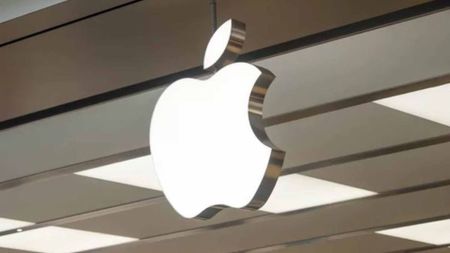 EXPOSURE
EXPOSUREApple will reportedly pay OpenAI with 'exposure' to hundreds of millions of its devices for the ChatGPT plug
By Kevin Okemwa Published
-
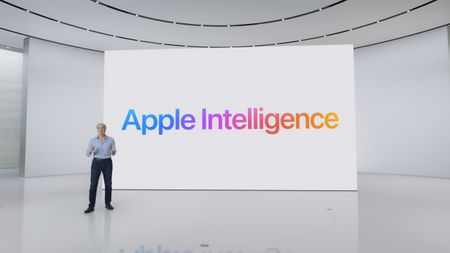 WE'RE BACK!
WE'RE BACK!Apple becomes the world's most valuable company (again) ahead of Microsoft after recently unveiling its AI strategy
By Kevin Okemwa Published
-
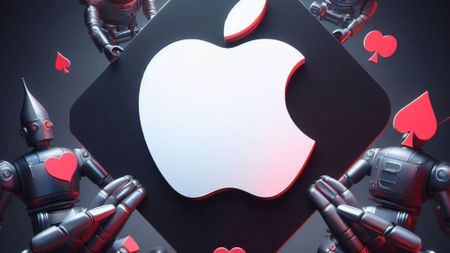 AI WARS
AI WARSApple is gearing up to take on Microsoft in the AI space, per new job listings
By Kevin Okemwa Published
-
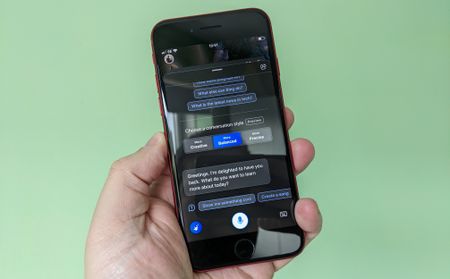 AI
AIApple is working on its own ChatGPT AI alternative to compete with Bing Chat and Google Bard
By Zac Bowden Published
-
 Love hate
Love hateI hate that people are going to love Apple Vision Pro VR
By Sean Endicott Published
-
Desktops
-
-
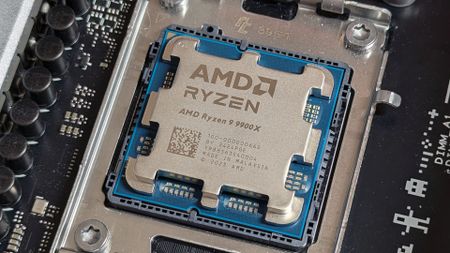 Deals
DealsOne of AMD's most monstrously powerful Ryzen CPUs is now under $390
By Alexander Cope Published
-
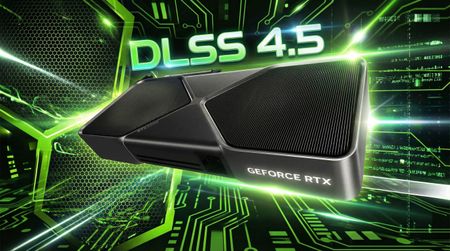 CES 2026
CES 2026NVIDIA's DLSS 4.5 is here, and the "no fake frames" crowd might not like it
By Cale Hunt Published
-
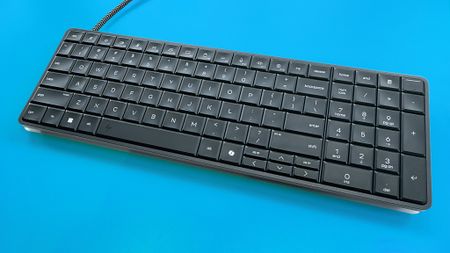 Desktops
DesktopsHP put a mini PC inside a keyboard with its clever new EliteBoard G1a
By Ben Wilson Published
-
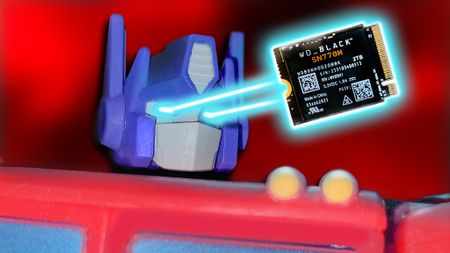 SSDs
SSDsSanDisk gaming NVMe SSDs will no longer be called WD_BLACK or WD Blue going forward
By Rebecca Spear Published
-
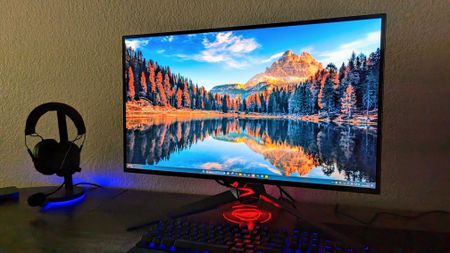 Panel differences
Panel differencesHere's how IPS, OLED, NEO: LED, QD-OLED displays and more compare
By Rebecca Spear Last updated
-
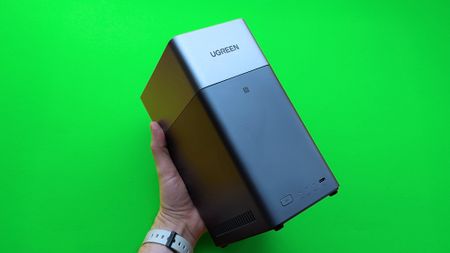 Review
ReviewI tried my first NAS with UGREEN's DH2300, and I'm hooked
By Ben Wilson Published
-
 Mini PCs
Mini PCsThe best thing I did in 2025 was start using a mini PC
By Richard Devine Published
-
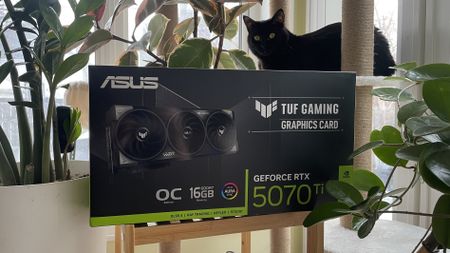 Hardware
HardwareNVIDIA RTX GPUs are going to be a lot harder to buy in 2026
By Cale Hunt Published
-
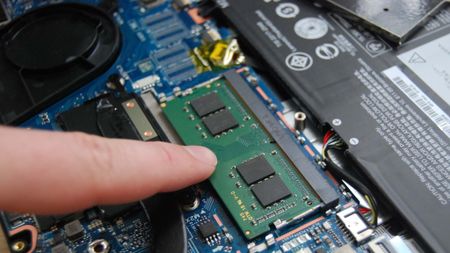 Hardware
HardwareSamsung reports “no stock” for DDR5 — doubles price for suppliers
By Sean Endicott Published
-
Handheld Gaming PC
-
-
 Handhelds
HandheldsWe have premium handhelds aplenty, 2026 is the year they should get weird
By Rebecca Spear Published
-
 Handhelds
HandheldsThe handheld war is coming as Intel challenges AMD
By Rebecca Spear Published
-
 Handhelds
HandheldsXbox Ally X's back in stock at Best Buy with immediate shipping
By Alexander Cope Published
-
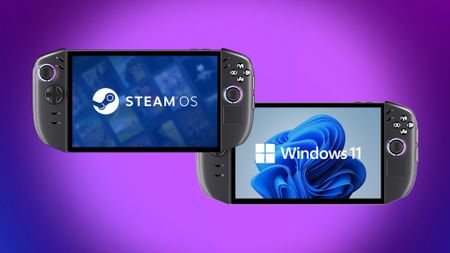 Handhelds
HandheldsHere's how the SteamOS version of Legion Go 2 compares with the Windows handheld
By Rebecca Spear Published
-
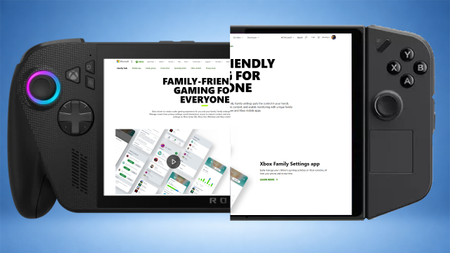 Handhelds
HandheldsParental controls for Windows handheld gaming
By Adam Hales Published
-
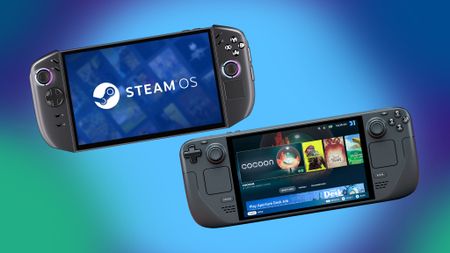 Handhelds
HandheldsI've compared Legion Go 2 (SteamOS) vs Steam Deck — One is better than the other
By Rebecca Spear Published
-
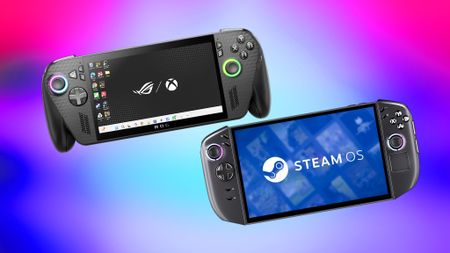 Handhelds
HandheldsLegion Go 2 just got even more appealing with features Xbox Ally X doesn't have
By Rebecca Spear Published
-
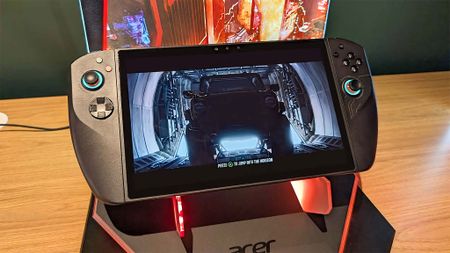 Handhelds
HandheldsHere's why Acer's Nitro Blaze handheld gaming PCS aren't at CES 2026
By Rebecca Spear Published
-
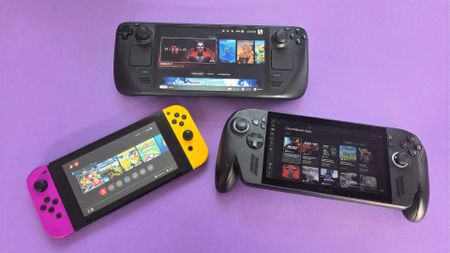 Handhelds
HandheldsEveryone launched a handheld in 2025… and the shakeout is coming
By Jennifer Young Published
-
Laptops
-
-
 Handhelds
HandheldsLenovo Legion Go 2 (SteamOS) is a bold Steam Deck rival, with major handheld gaming upgrades
By Rebecca Spear Published
-
 Deal
DealDell’s 'secret' XPS 14 and XPS 16 laptops are $500 off
By Sean Endicott Last updated
-
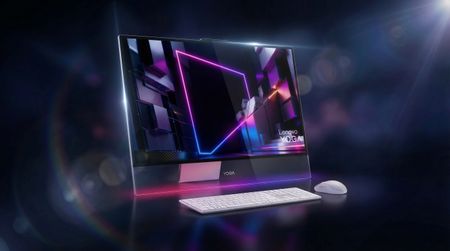 Lenovo
LenovoLenovo is the new Surface with its unique hardware designs
By Zac Bowden Published
-
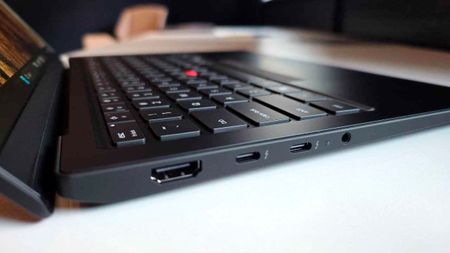 Laptops
LaptopsThe new Lenovo ThinkPad X1 laptops aren't lighter, but they are ridiculously repairable
By Zachary Boddy Published
-
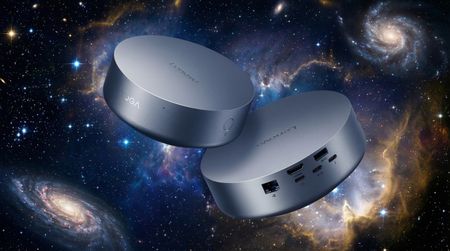 Mini PCs
Mini PCsLenovo's new Yoga mini PC can fit in the palm of your hand
By Cale Hunt Published
-
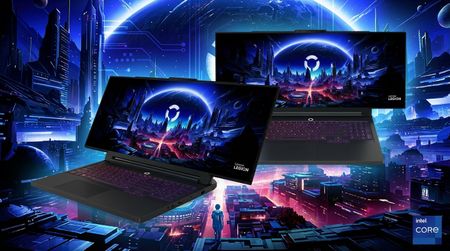 Laptops
LaptopsUltrawide rollable display on a gaming laptop? Lenovo just did it.
By Cale Hunt Published
-
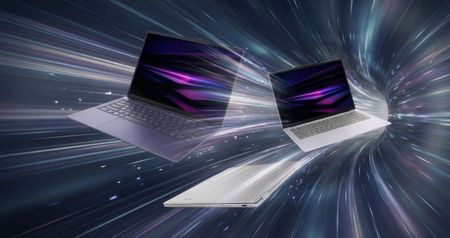 Laptops
LaptopsLenovo's new ultralight laptop weighs just 975 grams
By Cale Hunt Published
-
 AIO Desktops
AIO DesktopsLenovo's new AIO PC looks like it's floating on lights
By Cale Hunt Published
-
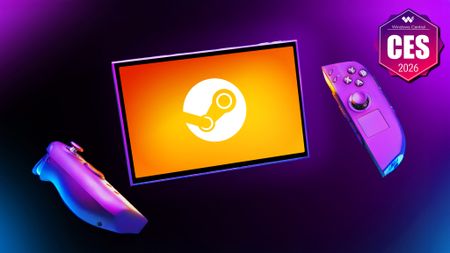 Handhelds
HandheldsA SteamOS variant of the Legion Go 2 handheld gaming PC is releasing this year
By Rebecca Spear Published
-
Phones
-
-
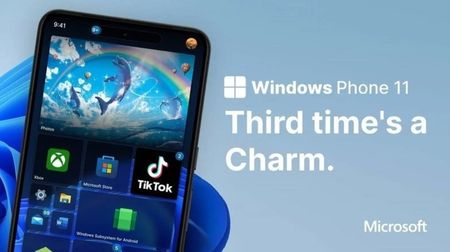 Phones
PhonesThis petition asks to revive Windows Phone, and dozens are signing up!
By Jez Corden Published
-
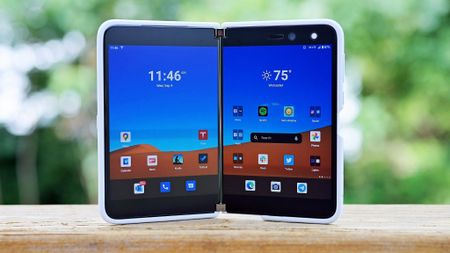 Phones
PhonesApple's upcoming iPhone Fold might be the foldable Surface Duo I've been waiting for
By Zac Bowden Published
-
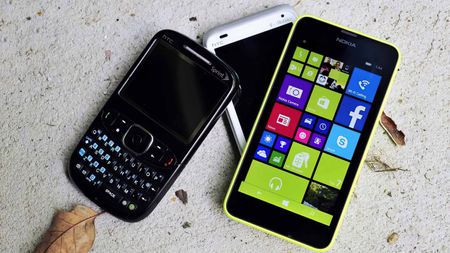 WINDOWS PHONE
WINDOWS PHONEThe dream lives: fan project Windows Astria shows the perfect Windows Phone
By Kevin Okemwa Published
-
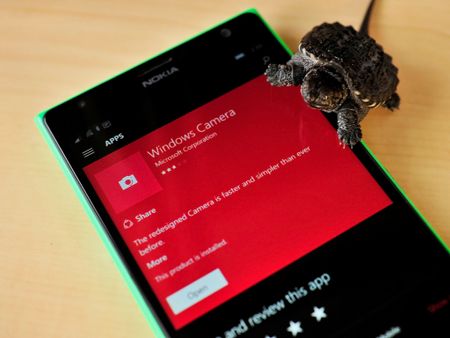 Flashback
FlashbackWhen Lumia phones unlocked slo-mo video
By Mark Guim Published
-
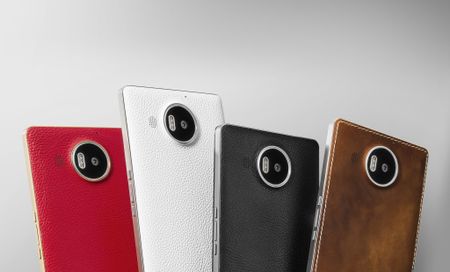 Flashback
FlashbackWhen the Lumia 950 and 950 XL were threatened by Surface's success
By Jason Ward Published
-
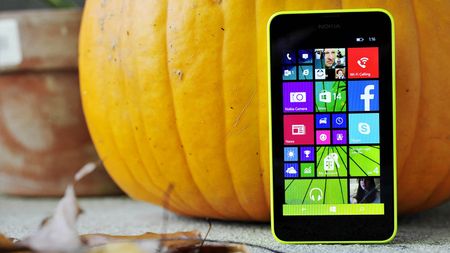 Flashback
FlashbackWhen Windows 10 Mobile was on nearly 6 percent of all Windows Phones
By Daniel Rubino Published
-
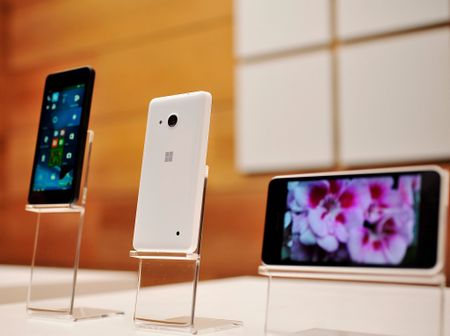 Flashback
FlashbackWhen Windows Mobile still had a pulse, and concept phones promised a reboot that never came.
By Daniel Rubino Published
-
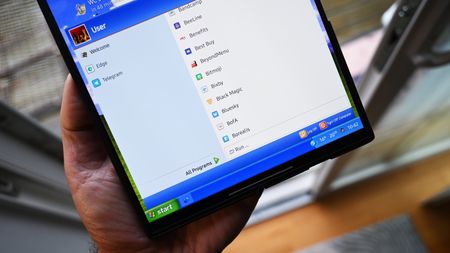 Android
AndroidIt shouldn’t work this well… but this free Windows XP launcher makes Android fun again
By Daniel Rubino Published
-
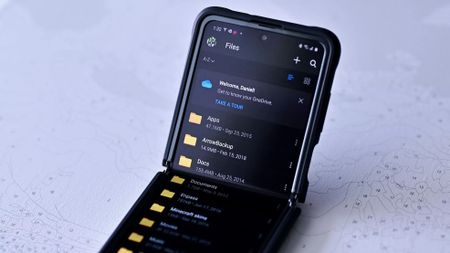 Phones
PhonesSamsung is dropping OneDrive as its cloud backup provider on Galaxy phones
By Zac Bowden Published
-
Processors
-
-
 Laptops
LaptopsQualcomm’s new X2 Plus could redefine Windows laptops in 2026
By Daniel Rubino Published
-
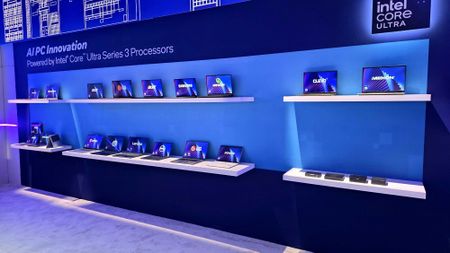 Processors
ProcessorsPanther Lake is now Intel Core Ultra Series 3 — here's how the new model names work
By Zachary Boddy Published
-
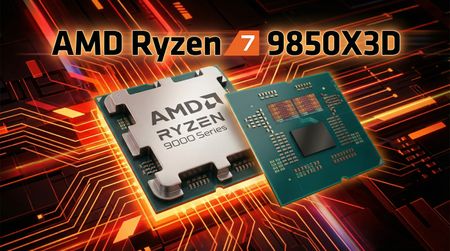 CES 2026
CES 2026AMD's new gaming CPU edges out the mighty Ryzen 7 9800X3D
By Cale Hunt Published
-
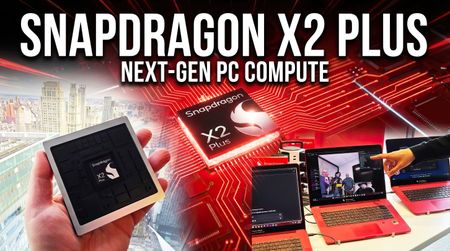 Laptops
LaptopsQualcomm’s new X2 Plus could redefine Windows laptops in 2026
By Daniel Rubino Published
-
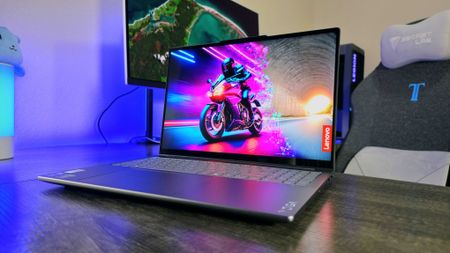 Laptops
LaptopsThese are the best Core i9 and Core Ultra 9 laptops we've tested
By Cale Hunt Last updated
-
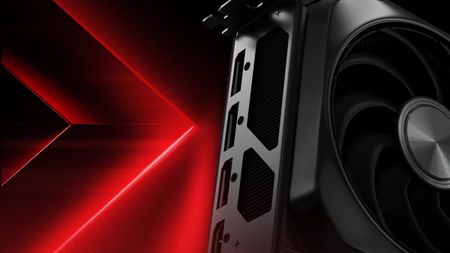 PC gaming
PC gamingAMD’s FSR Redstone release promises sharper frames and smoother play for Radeon RX 9000 GPUs
By Cale Hunt Published
-
 News
NewsWhy your next graphics card may cost more: AMD flags rising memory prices
By Adam Hales Published
-
 Linux
LinuxLinux PC maker scraps plans to build Snapdragon X Elite-powered laptop
By Zac Bowden Published
-
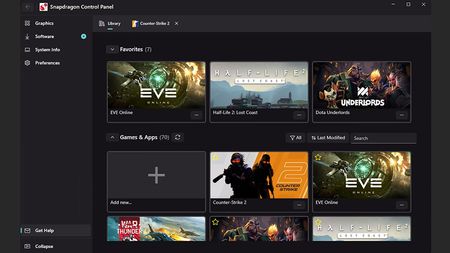 Qualcomm
QualcommQualcomm has finally released its Snapdragon Control Panel
By Rebecca Spear Published
-
Smart Home
-
-
 Review
ReviewRazer Aether Standing Light Bars review: More smart lights, but not as worth it
By Zachary Boddy Published
-
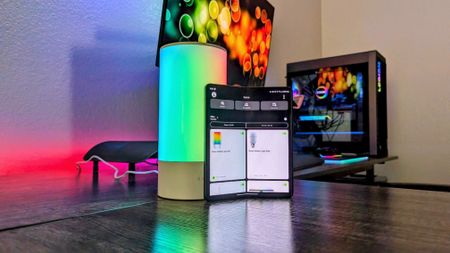 Review
ReviewRazer Gamer Room review: Somehow creating the best smart home lights
By Zachary Boddy Published
-
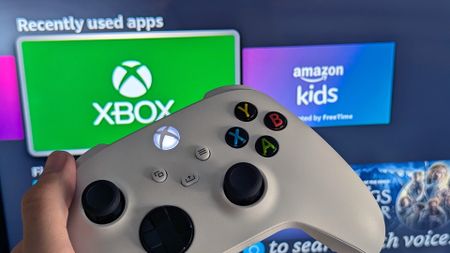 Deals
DealsThis Xbox controller, Fire TV Stick 4K, Game Pass Ultimate bundle is STILL on sale at Amazon for 45% off, giving access to hundreds of Xbox Cloud Gaming titles
By Ben Wilson Last updated
-
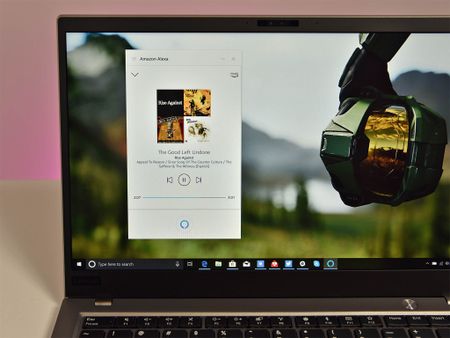 PROFIT MARGIN
PROFIT MARGINHi Alexa, Amazon's Echo device team isn't convinced a new subscription service and refreshed personal assistant will save the company from the billion in losses
By Kevin Okemwa Published
-
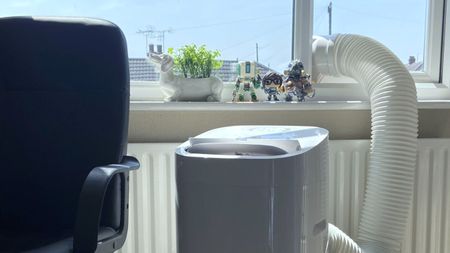 Heatwave proof
Heatwave proofTech-loving Brits shouldn't wait for Prime Day — this is the ONLY thing worth buying now that makes summer working bearable
By Ben Wilson Published
-
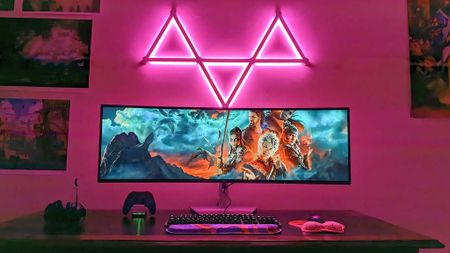 Sweet deal
Sweet dealMy gaming room looks way better with these smart lights and right now they're on sale
By Rebecca Spear Published
-
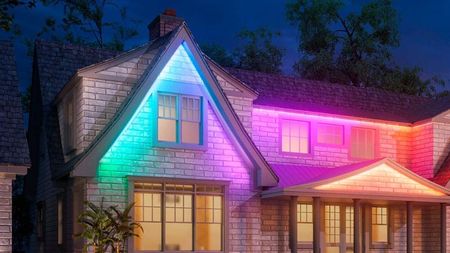 Strip light deal
Strip light dealThis AMAZING smart outdoor LED light strip deal allows you to quickly add colorful lighting to your home or yard while paying much less
By Rebecca Spear Published
-
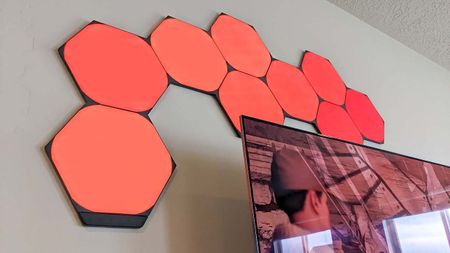 Review
ReviewNanoleaf Shapes Ultra Black Hexagons review: A sleek way to add color and lighting effects to any gaming room
By Rebecca Spear Published
-
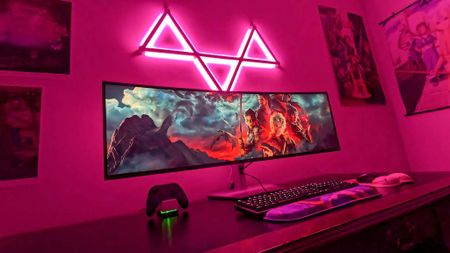 Review
ReviewNanoleaf Lines review: It permeates my gaming room without hurting my sensitive eyes and I love it
By Rebecca Spear Published
-
Wearable Tech
-
-
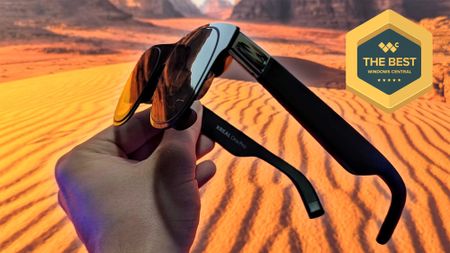 Deals
DealsXREAL's AR glasses and Beam Pro add-on enjoy an early Black Friday sale
By Alexander Cope Published
-
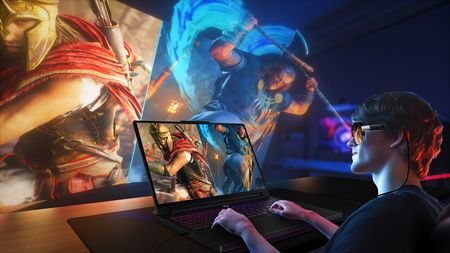 Wearables
WearablesLegion Glasses 2 get 3D gaming — for free
By Zachary Boddy Published
-
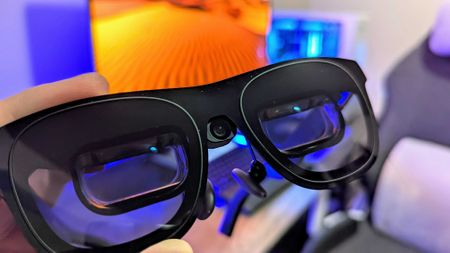 Accessories
AccessoriesThe AR glasses everyone wanted at CES are now on Amazon
By Zachary Boddy Published
-
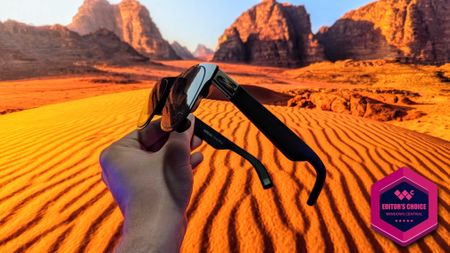 Review
ReviewXREAL One Pro AR glasses review: The absolute best, creating the future
By Zachary Boddy Published
-
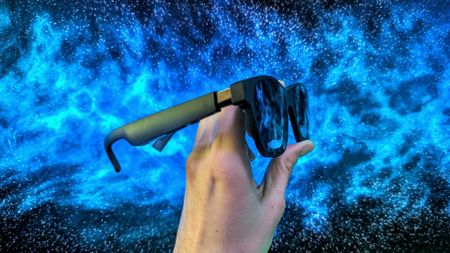 Deals
DealsYou loved this discount on our favorite AR glasses so much, XREAL is keeping it
By Zachary Boddy Last updated
-
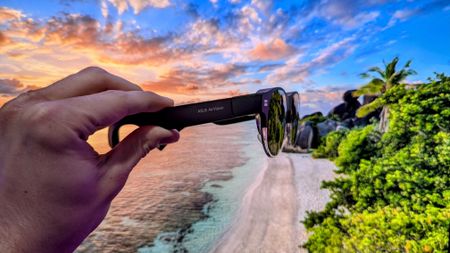 Review
ReviewASUS AirVision M1 glasses are $700 for something you can get better elsewhere
By Zachary Boddy Published
-
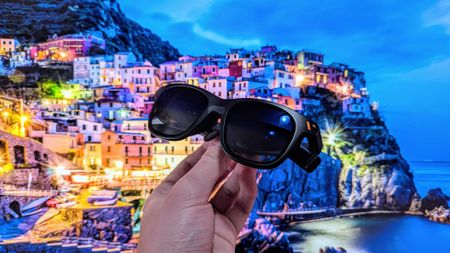 Review
ReviewVITURE Pro XR Glasses review: Serious about getting AR right
By Zachary Boddy Published
-
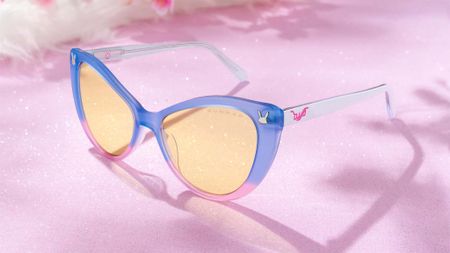 Sweet specs
Sweet specsBlizzard partnered with Gunnar to make some LEGENDARY Overwatch blue-light-blocking glasses for gamers
By Rebecca Spear Published
-
 AR Wonder
AR WonderXREAL Air 2 Ultra hands-on: Convincing me and turning my partner into a Minecraft addict
By Zachary Boddy Published
-
More about Hardware
-
-
 Handhelds
HandheldsXbox Ally X's back in stock at Best Buy with immediate shipping
By Alexander Cope Published
-
 Lenovo
LenovoLenovo is the new Surface with its unique hardware designs
By Zac Bowden Published
-
 Processors
ProcessorsPanther Lake is now Intel Core Ultra Series 3 — here's how the new model names work
By Zachary Boddy Published
-